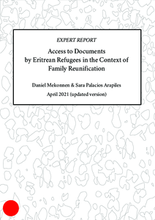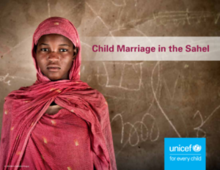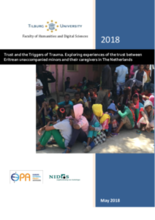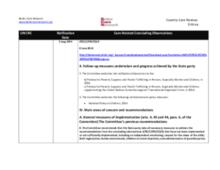Displaying 1 - 10 of 12
This Independent Expert Report is concerned with challenges experienced by Eritrean refugees in Europe in the context of family reunification processes, in particular those relating to strict documentary requirements demanded by some EU Member States, in particular Germany.
This brochure from UNICEF provides an overview of child marriage in the Sahel, a region spanning the northern portion of sub-Saharan Africa.
This paper examines all policy and laws related to families in the South, West, East and Central regions of sub-Saharan Africa.
The special issue of Emerging Adulthood titled “Care-Leaving in Africa” is the first collection of essays on care-leaving by African scholars. This article, coauthored by scholars from North and South, argues in favor of North–South dialogue but highlights several challenges inherent in this, including the indigenizing and thus marginalizing of African experience and scholarship and divergent constructions of key social concepts.
This book largely focuses on unaccompanied minors who arrived in a European country in 2015, with special attention paid to the top-three nationalities of unaccompanied minors, namely Syrian, Afghan and Eritrean minors.
This report focuses on trust relations of Eritrean minors who arrived without the company of their parents to The Netherlands and the people who are taking care of them.
Dozens of children are seeking a judicial review in the UK High Court early next year.
In this video from the BBC, Clive Myrie reports from Ethiopia, the first stop for many Eritrean migrants en route to Europe. The video features a few of these child migrants who are waiting in Ethiopia to make their way to Europe in hopes of a better life.
This country care review includes the care related Concluding Observations adopted by the Committee on the Rights of the Child.
In this meta-analysis of 75 studies on more than 3,888 children in 19 different countries, the intellectual development of children living in children's homes (orphanages) was compared with that of children living with their (foster) families.




